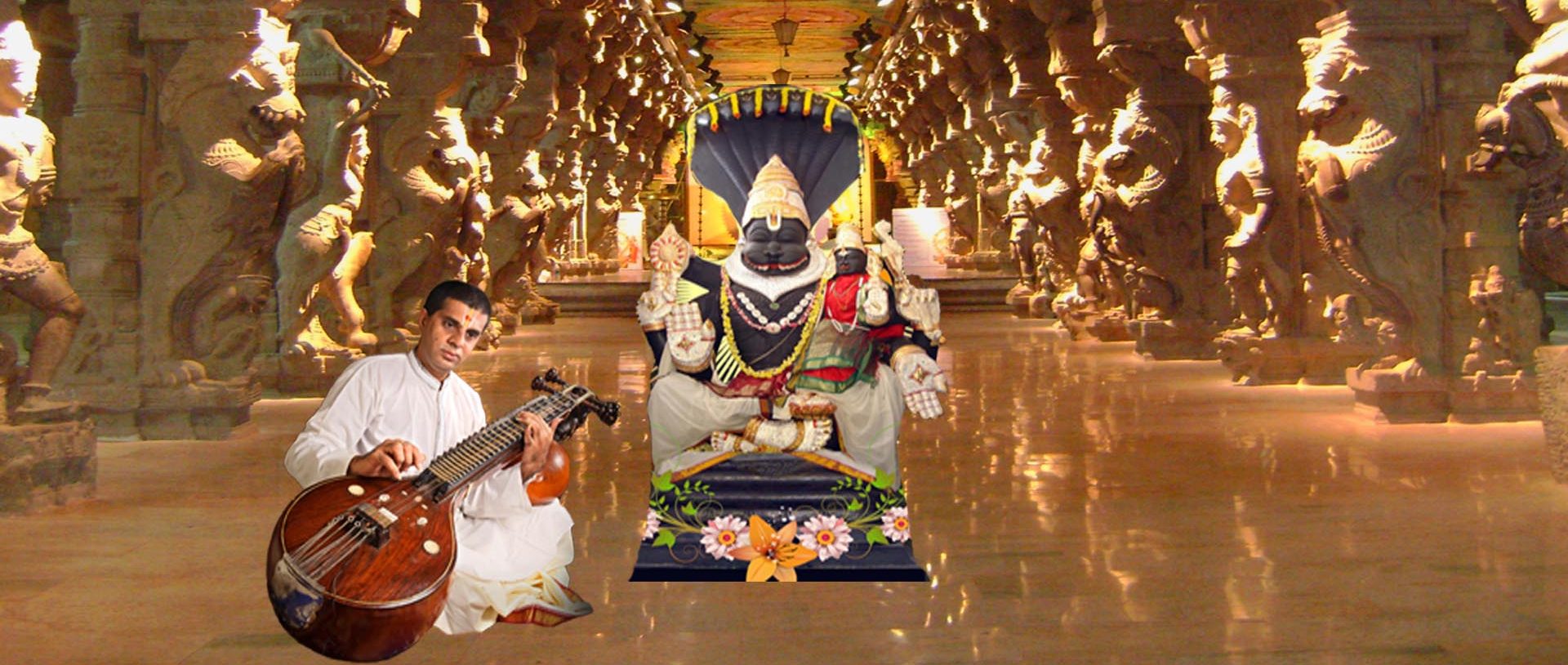Indian music, with its profound spiritual essence rooted in Yoga and Indian philosophy, embodies a captivating blend of perplexity and burstiness. Its compositions predominantly embrace devotional themes, skillfully conveying intricate philosophical concepts in an easily graspable manner. The music itself, when practiced with unwavering dedication, becomes a form of Yoga, impacting the human mind profoundly by fostering tranquility, focused concentration, relaxation, and spiritual elevation—qualities that align with the principles of Yoga and meditation. The art of Yoga, encompassing techniques such as breath control and mental concentration, closely intertwines with the study and performance of both instrumental and vocal music.

In Hindu philosophy, the term for pure sound is Nada Brahma. Nada, often described as the energy of Brahma, holds the key to achieving Moksha (salvation), the ultimate aspiration of human life. Matanga’s Brihaddesi poetically defines Nada as follows:
“Without Nada, there is no song, no music, No dance, for the world thrives on its essence.”
Nada embodies physical, mystical, and religious or cosmic sound. The auditory perception of musical instruments gives rise to what is known as Ahata Nada. In this context, the human voice itself functions as a musical instrument. As articulated in the composition “Sobhillu Saptaswara,” the production of sound involves the coordinated involvement of the entire body, including the abdomen (Nabhi), heart (Hrt), neck (Kantha), mouth (Rasana), and nasal passages (Nasa).
The Saraswathi Veena, often hailed as a replica of the Spinal Cord, stands as an ancient divine instrument revered in the Vedas and classical music treatises of yore.
Indian music resonates with a profound sense of spirituality intertwined with the ancient wisdom of Yoga and Indian philosophy. Its melodic compositions predominantly revolve around devotional themes, skillfully translating complex philosophical concepts into accessible expressions. The practice of music itself becomes a form of Yoga, an art that transcends the boundaries of sound to bring inner peace, heightened focus, deep relaxation, and spiritual transcendence. These principles of Yoga and meditation find their harmonious counterpart in the study of both vocal and instrumental music, where the techniques of breath control and mental concentration intertwine seamlessly.
In the realm of Hindu philosophy, the concept of pure sound finds its embodiment in the term “Nada Brahma.” Nada, often regarded as the very energy of Brahma, holds the key to attaining Moksha, the ultimate liberation and fulfillment of human existence. Matanga’s profound words in the Brihaddesi capture the essence of Nada:
“Nada pervades every song and melody, In Nada, musical notes find their birth, In Nada, the dance of creation unfolds, The world itself is steeped in the essence of Nada.”
Nada encompasses the physical, the mystical, and the cosmic realms of sound. The symphony produced by musical instruments engages our senses of hearing, enabling us to perceive the auditory marvels of Ahata Nada. It is in this context that we come to realize that the human voice itself serves as a divine instrument. As eloquently described in the composition “Sobhillu Saptaswara,” the production of sound involves the intricate orchestration of the entire body—the resonating abdomen (Nabhi), the pulsating heart (Hrt), the resonant neck (Kantha), the melodious mouth (Rasana), and the enchanting nasal passages (Nasa).
Considered a symbolic representation of the divine, the Saraswathi Veena stands as an ancient masterpiece, intricately woven into the fabric of the Spinal Cord. Revered in the Vedas and classical music treatises of antiquity, this divine instrument embodies the essence of timeless artistry.
We invite you to embark on a profound exploration of this platform, where you can uncover deeper insights into the ethereal realm of the Saraswathi Veena and its divine significance.

